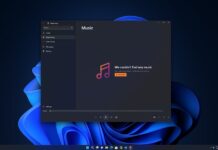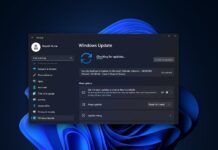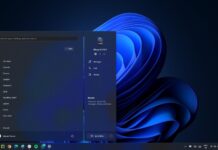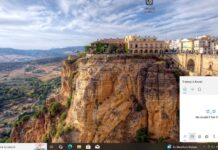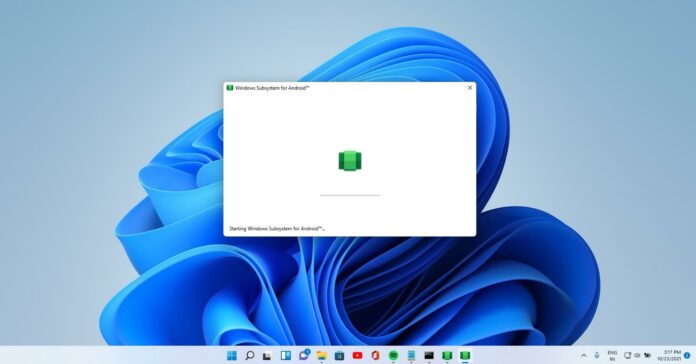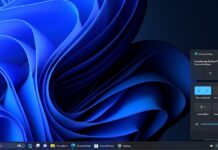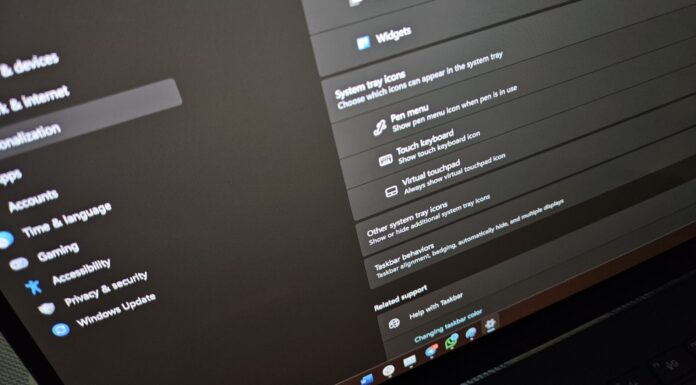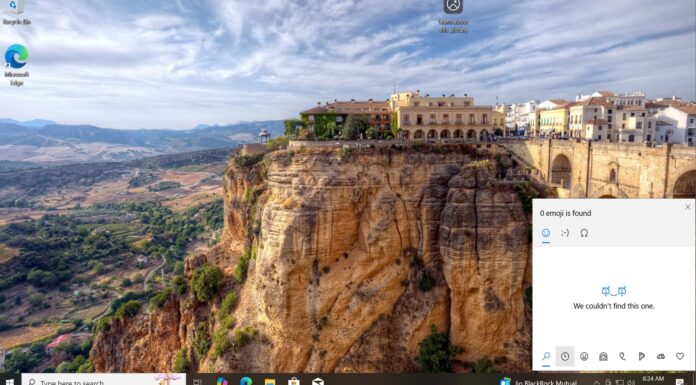Earlier this year, Windows 11 received support for highly anticipated Android apps for those with supported hardware. As you may recall, the ability to run Android apps is officially provided by the Amazon App Store. It is currently in testing for users in the United States, and only certain machines that meet the system requirements can benefit from it.
If you’re outside the United States, you can still use Windows 11’s underlying Android subsystem engine which is maintained via the Microsoft Store to sideload and run mobile apps on the desktop. Now, at least, we can see Microsoft is actively working on the project and a new update is rolling out with a few new features.
A new update bumps the version of Windows Subsystem for Android to 2204.40000.15.0 and it includes several major improvements. As part of the new version, Microsoft is updating the underlying engine to Android 12.1. In other words, Windows 11 can now benefit from the latest Google technologies.
You won’t immediately notice changes after upgrading to Android 12.1 and more details will be published a bit later. However, this change may cause some apps to crash on launch and Microsoft is working on a fix.
In the new Windows Subsystem for Android, Microsoft has disabled the telemetry collection by default. This option can be found as an “optional diagnostic data” toggle in the Windows Subsystem for the Android Settings app and users can enable it to voluntarily provide useful telemetry about app usage.
A new networking experience
Microsoft is introducing a new networking experience for Android System that lets you easily connect Android apps to devices on the same network as your desktop.
As a result, it is now possible to play your favourite content on a speaker on the same network. Likewise, you can use a smart home Android app and set up a security camera via Windows.
Redesigned Settings page
Microsoft redesigned the app that lets you manage the settings of the Android Subsystem.
The settings page now uses a new grouped navigation and it has been redesigned from the ground up.
The update also added a diagnostic data viewer that lets you monitor the diagnostic data collected by the Subsystem. You can use it to force apps to be non-resizable or enable swipes for arrow keys.
Windows 11 integration
Microsoft is improving the integration between Android apps and Windows 11. For example, taskbar icons can now display apps that are using microphone, location and other system services in the system tray.
Likewise, if you use Windows 11’s auto-hidden taskbar, you will notice that Android apps now correctly hide/show. There’s another change that ensures Android toasts are reflected as Windows notifications on Windows 11, and the Android activity title is also highlighted by Window of the app.
Here’s a list of other new features and improvements:
- This update prevents Android apps from restarting when your desktop leaves the connected standby.
- Microsoft is improving camera integration in Android apps. The camera orientation has been updated to respect the natural orientation, and Microsoft has also fixed camera preview issues, including a bug where the company has resolved letterboxing and squishing of the camera feed.
- Microsoft is improving the mouse and keyboard support. You will notice that scroll-wheel scrolling has been improved and Microsoft has also fixed issues with onscreen keyboard focus and Android’s built-in software keyboard.
- Simpleperf CPU profiler recording now works in WSA.
- New video hardware decoding (VP8 and VP9).
- It now uses Chromium WebView 100 for Android apps.
- Improved general stability, performance, and reliability
Microsoft reminds us that these new functionalities are driven by the Windows Subsystem for Android and the update is live for Dev Channel users only, presumably that will open up to the general public soon.


